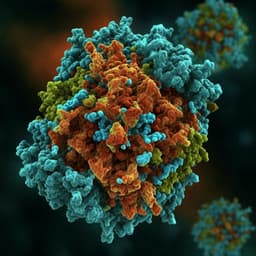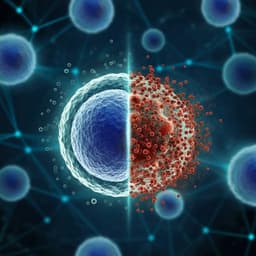
Health and Fitness
Nrf2 epigenetic derepression induced by running exercise protects against osteoporosis
X. Chen, X. Zhu, et al.
This groundbreaking study by Xingren Chen, Xiaobo Zhu, Ai Wei, Fang Chen, Qi Gao, Ke Lu, Qing Jiang, and Wangsen Cao uncovers how running exercise may safeguard against osteoporosis through epigenetic mechanisms. Discover how the Nrf2 gene plays a crucial role in maintaining bone density and how exercise can reverse damaging methylation effects in osteoporotic conditions.
~3 min • Beginner • English
Related Publications
Explore these studies to deepen your understanding of the subject.







